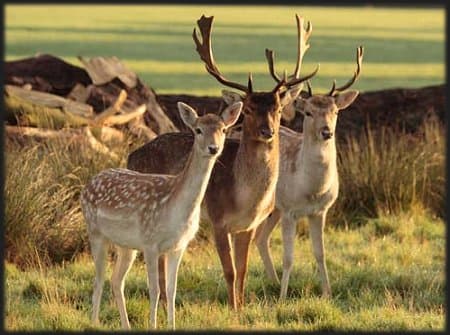Fallow Deer Fact File
The
Fallow Deer Fact File
Identification tips – coat colours can vary from very dark brown (almost black) through to a pale chestnut colour and even white in some fallow deer, although these are not true albinos.
As a general rule of thumb, assume the lighter chestnut colour with white spots on the flanks and back of the body over the summer months and the darker coloured coat with few or no spots over the winter months.
A distinguishing feature of the fallow deer is the tail area which shows a black border surrounding a very pale, almost white, area of rump hair. The black often extends along the length of the tail.
Fallow buck antlers are often large and ‘palmated’ (flattened), unlike the short branched antlers of roe deer.
Preferred habitat – mixed woodland but also graze in open areas where woodland is nearby to provide cover. Heards rarely stay for long in one place, constantly being on the move.
- Diet – a range of vegetation, favouring ground plants such as grass and heather. Fresh shoots of holly and bramble bushes are also eaten along with low hanging shoots of trees such as beech and oak.
Acorns, fallen nuts and fungi are often eaten during the winter months. - Breeding – mating season, called the Rut, begins in mid-September and is over by the end of October. A doe will give birth to a single fawn the following May – June, often in an area of dense vegetation such as bracken.
- Other points – fallow deer are the most prominent in The New Forest (thought to have been introduced into Britain by the Normans) and although easily scared away they can often be seen during a quiet forest walk. If spooked, fallow deer will often only run into the immediate cover and watch from there, rather than disappearing completely.
Mid October is an excellent time to watch fallow deer, when the bucks can be heard making a deep, throaty bark. Caution should be exercised if viewing near a rutting ground as the animals are highly charged at this time of year.
Related Sites

New Forest Activities for Single-Parent Families
The New Forest offers a wealth of year-round experiences perfect for single-parent families looking to create lasting memories. From spring woodland walks surrounded by bluebells to summer picnics by gentle streams, the national park provides

Practical Equipment for Life on the Road
More people choose mobile living every year, from weekend caravanners to full-time digital nomads. Homes on wheels promise freedom, changing scenery, and a lifestyle that breaks away from traditional routines. That lifestyle only feels comfortable
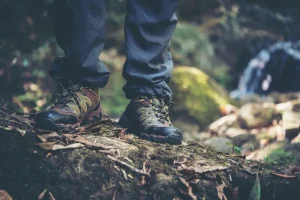
How to Enjoy the New Forest’s Nature and Wildlife Without Breaking the Bank
The New Forest is one of the UK’s most cherished landscapes, a place where ancient woodlands, open heathlands, free-roaming ponies, and peaceful villages come together to create an unforgettable outdoor escape. And while many people
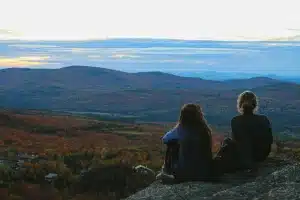
Why Time in Nature Complements Daily Astrological Guidance
Many of us start the morning with a quick look at our horoscope. A few lines can help name our mood, highlight a tension, or point out an opening in the day. What often gets
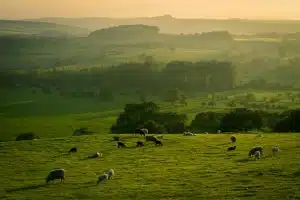
UK’s best natural spots
Wilderness escapes are not for everyone, that’s for sure. Some people simply prefer holidays where they can lounge all day and take it easy instead of being active, going hiking, swimming, or cycling. But there
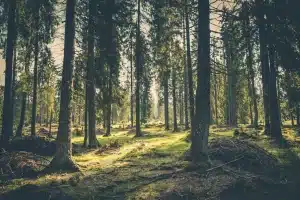
Tech Hacks for Exploring the New Forest National Park
The New Forest National Park in the UK is one of Britain’s most enchanting natural destinations. Covering ancient woodlands, open heathlands, and winding walking trails, it offers visitors a chance to step back in time

